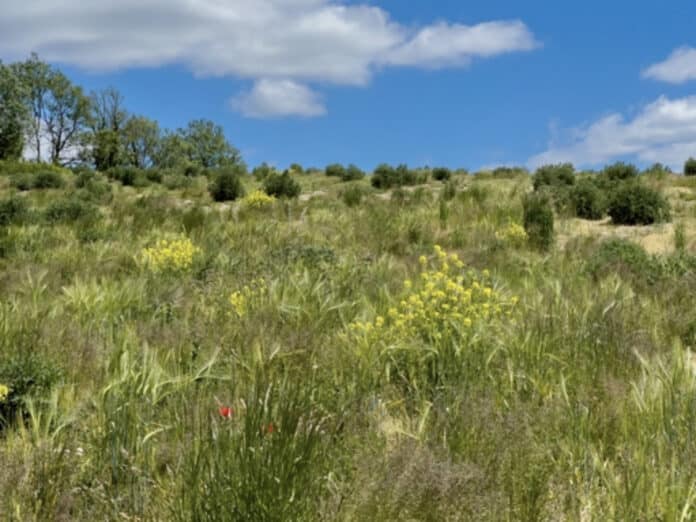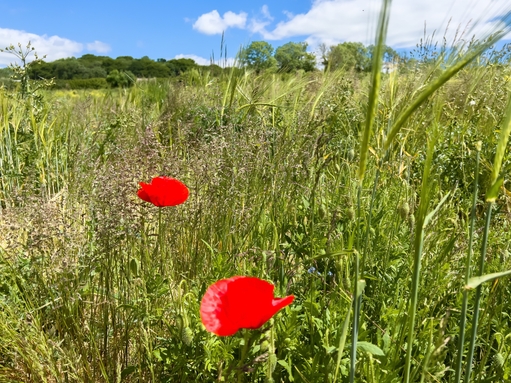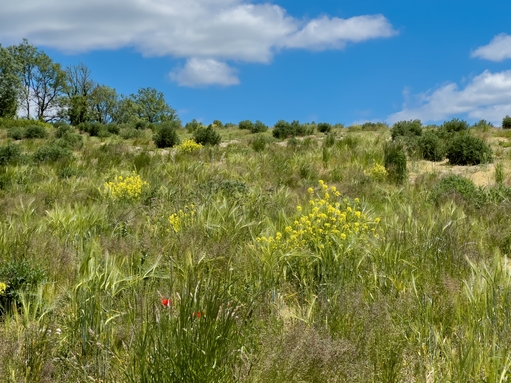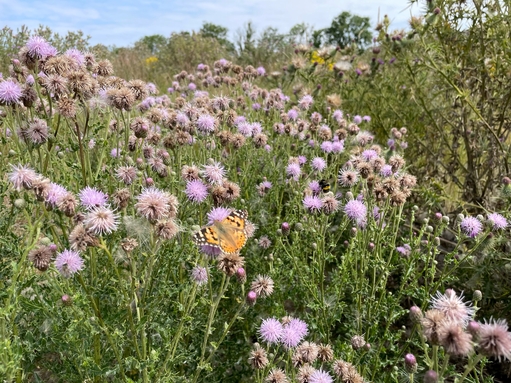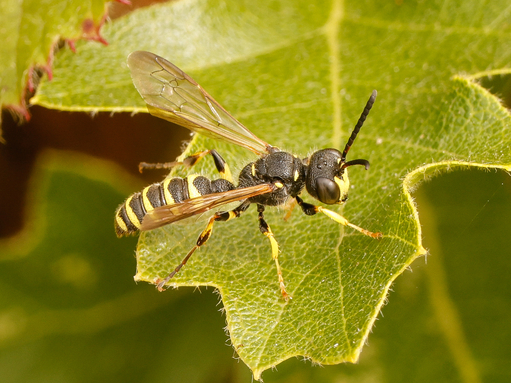A year into Dorset Wildlife Trust’s Wild Woodbury community rewilding project at Bere Regis and surveys have recorded an uplift in the biodiversity and abundance of species moving onto the 170 hectare site. Since the land was acquired in 2021, it has been allowed to naturally regenerate with remarkable results. Staff and volunteers have recorded over 1,300 species in this summer’s surveys and eight Red List birds of conservation concern have been confirmed to be breeding at Wild Woodbury. The aim of the Wild Woodbury project is to build an exemplar for sustainable land use to tackle the climate and ecological crises, open up more public access to the land for the community and restore natural processes across the site to make more space for nature.
We are grateful for the support of Julia Davies, founder of We Have the POWER who helped to acquire this site in September 2021 through her Funding Nature Project and is currently working with The Wildlife Trusts to develop the philanthropic lending concept. Find out more about philanthropic loans and Julia’s story here
Dani Wilson / Wild Woodbury one year on
What species have moved into Wild Woodbury?
A dry spring coupled with the increase of invertebrates attracted by the fast emerging pollinators in the former arable fields has led to a very positive breeding season for birds. A rising number of juvenile birds has been spotted across the site including cuckoo, whinchat and nightjar. Skylarks have gone from two singing males last year to 18 in 2022; 28 yellowhammers have been recorded (no data for 2021); No tree pipits or woodlark were recorded in 2021 but a breeding pair of each have been sighted raising juveniles this year. All three are on the Red List Birds of Conservation Concern which means they are a threatened species facing an extremely high risk of extinction in the wild.
Butterfly transects have tracked 200+ meadow brown butterflies as well as silver-washed fritillary and newly-hatched painted lady on the wing. The hot weather in July and August increased moth activity too, with traps holding hundreds of individuals and attracting some rarer species such as dingy mocha. In just a few sessions, our invertebrate specialists have amassed over 300 species of beetles, bugs, flies and spiders, some of which only have a handful of previous records in Dorset.
Large clumps of the nationally scarce flora, lesser quaking grass have appeared which offers an excellent food source for many finches including goldfinch, linnet and yellowhammer. Narrow-leaved lungwort, red hemp nettle and three species of orchid, including the southern marsh orchid, are present on the site as are small populations of cobalt crust fungi. The restoration of natural processes on the site should provide the right conditions for birds and insects to return in greater numbers over the coming years, followed by reptiles and mammals as the habitat develops. July yielded our first adder and slowworm on site, accompanying the already present grass snake and common lizard – just the smooth snake and sand lizard to go for the six native reptiles! The reptiles from Wareham Forest are expected to move out onto the site over time, using the hedgerows to move along and disperse.
How have you engaged with the community?
FAQs
Launching a rewilding project on the doorstep of Bere Regis opened up a unique opportunity for Dorset Wildlife Trust to involve the community – from organising bug hunts for local schoolchildren to open days and leading guided walks around the site. Many local people have volunteered to help with surveys, take photographs and share their memories of wildlife that used to be on the site.
The Community Liaison Group and an online poll of residents have helped to formulate the plan for the open access area which will include a food forest, free for the public to walk through and pick as they go as well as woodlands, a wild play and wildflower picnic meadows, a community table to seat 60 people and of course lots of footpaths and trails throughout the space.
Dorset Wildlife Trust is working with students and researchers from Bournemouth University and UWE who are conducting surveys and analysing the data being collected. This will be a long-term project to assess change in the landscape over the next decade and beyond.
What’s next?
Can I visit Wild Woodbury?
Why did you buy this land?
How was the acquisition funded?
Why are nitrates such a problem?
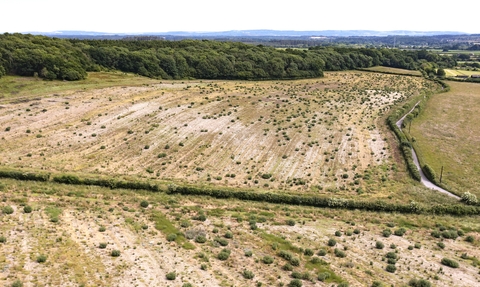
Wild Woodbury Project
Dorset Wild Rivers is a partnership initiative taking a catchment approach to delivering biodiversity enhancements that support…Dorset Peat Partnership
Join us in helping to bring reality and decency back by SUBSCRIBING to our Youtube channel: https://www.youtube.com/channel/UCQ1Ll1ylCg8U19AhNl-NoTg and SUPPORTING US where you can: Award Winning Independent Citizen Media Needs Your Help. PLEASE SUPPORT US FOR JUST £2 A MONTH https://dorseteye.com/donate/

